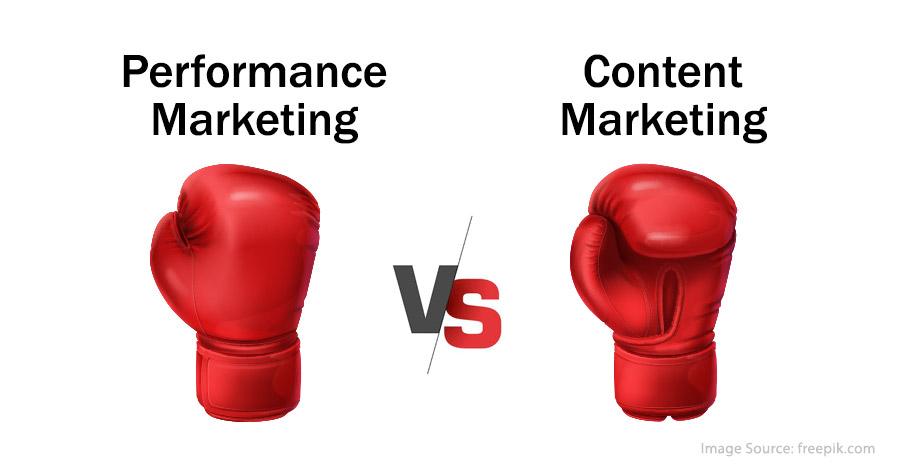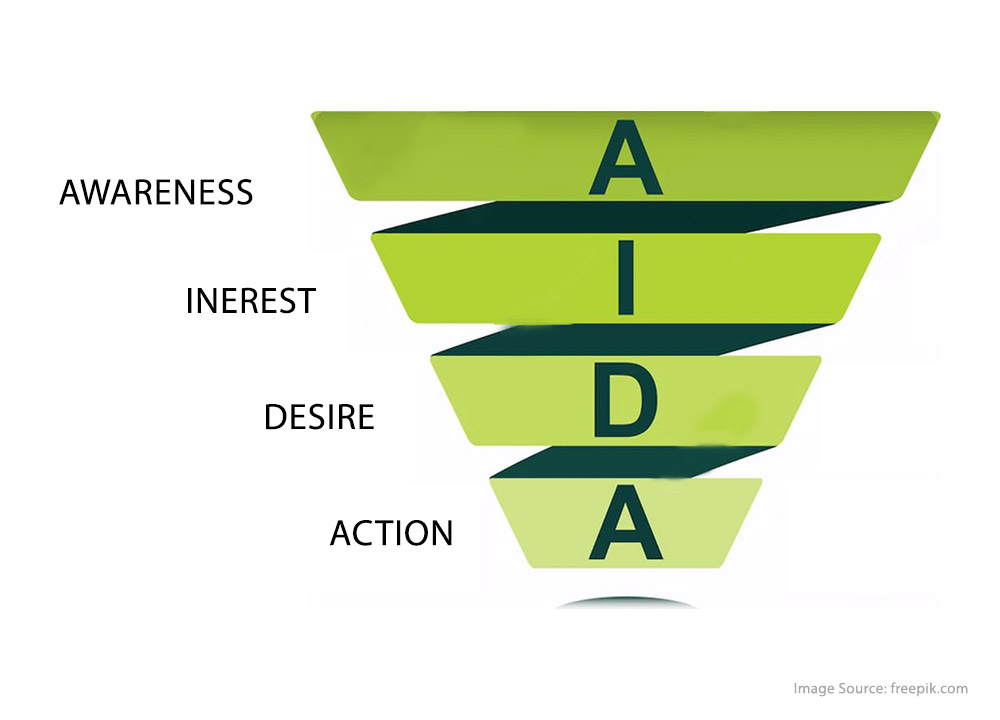Keeping a Digital Context, What is The Difference Between Performance Marketing & Content Marketing?
- Dec 2022
- 954
- 0

In 2023, content marketing and performance marketing will be the two most essential advertising disciplines.
Let us discuss below the meaning of the two marketing directions:
Content-driven content marketing and performance-driven performance marketing now dominate internet marketing in 2023.
Performance marketing relies heavily on the processing of client information. Therefore, it may be enhanced in a number of areas by artificial intelligence.
The foundation of content marketing is the production of unique and useful advertising material.
Content Marketing: Explanation and Application
In content marketing, the customer's interest is piqued by providing relevant and interesting advertising material. Performance marketing is predicated on the best management of a marketing message with a quantifiable, specific objective. Customers' curiosity is piqued via content marketing by giving pertinent information. This should generate a high degree of consumer loyalty and a good image for the business.
The promotional products, which are often edited in an editorial fashion, are the basis of the marketing campaign and are intended to gently grab the customer's attention. Typically, content marketing is conducted via websites, video platforms, podcasts, social media, and other popular channels.
Instagram is the social media site where content marketing initiatives are published most often. It is accompanied by posts on YouTube, Twitter, WhatsApp, etc.
If the offered material is relevant to the client, the business may get a significant organic reach. Consequently, it is not required to spend for each consumer encounter, as is the case with performance marketing. However, if the material is not engaging, the significant expenses associated with developing high-quality content will be wasted, and content marketing will become a losing proposition. Content marketing is largely utilised for branding, sales, and community development objectives.
Long ago, content marketing was mostly used for print advertisements. Since almost a decade, however, more money is spent on digital content marketing efforts than on print platforms.
Prior to a few years ago, digital content marketing devoured a far higher proportion of worldwide advertising expenditures (over 60%) than the print media.
Data Marketing and Content
When content marketing is combined with data-driven advertising technology, unique material may be automatically played for each consumer. Currently, this is the most successful and widespread method of content marketing. For the success of a content marketing strategy, it is crucial to understand the demands of clients so that they may be addressed precisely. This focus on client requirements is also known as customer centricity.
Performance Marketing: Explanation and Application
Many aspects of conventional marketing have been altered by performance marketing. For instance, by enhancing the measurement and target group specificity with which advertising messages may be delivered in certain situations. This strategy of selecting advertising locations based on a particular audience is not new and has been used in conventional marketing. Nonetheless, the degree of control over the advertising environment is evolving and expanding.
While conventional marketing aimed to establish a large audience via innovative and eye-catching advertising medium, the objectives of internet marketing have grown more diversified as a result of the wide range of prospective applications and innovations. Through system and structure as well as measurement and analysis, performance marketing has surpassed all other kinds of marketing in terms of growth rate and budget size.
Moreover, performance marketing via mobile advertising, i.e. the exclusive display of adverts on mobile devices, is a result of the rising number of mobile users. Advertisers are increasingly enthralled by the length of smartphone screen time.
The AIDA approach for measuring performance marketing success Various metrics, such as the number of clicks on an advertising or the number of user contacts, may be used to determine the effectiveness of a performance marketing campaign. The four- to five-step AIDA model is a prevalent way for evaluating the performance of a marketing campaign.

The AIDA model analyses the client's progression along the customer journey. It also analyses how they should be properly treated at each touchpoint. The customer journey starts with the first interaction between a consumer and a product or service. At this stage, an advertising should capture the attention of the buyer (A). The second phase is to pique the customer's attention. In the third stage, his desire is also drawn. In the fourth phase, the consumer should purchase the product or service, or be persuaded to take action. This last phase of the AIDA model, the purchase, often occurs on your website. Therefore, the major objective of the model's first three phases is to attract people to the website in order to convert them into customers.
Therefore, it is essential for a firm to compare its online marketing operations on a regular basis to the AIDA model. To do this, businesses use several technologies, such as Google Analytics. These tools assist businesses in focusing on the most crucial analytical indicators. This is so that specific, accurate conclusions and suggestions may be derived from the vast quantity of accessible data.
Ultimately, after assessing online marketing operations, a substantial amount of data must be analysed, since effective campaigns sometimes mix many digital platforms. A proportional number of unique data results. The study informs the organisation as to how advertising dollars should be allocated to different channels in the future.



Comments
No comments yet.
Add Your Comment
Thank you, for commenting !!
Your comment is under moderation...
Keep reading blog post